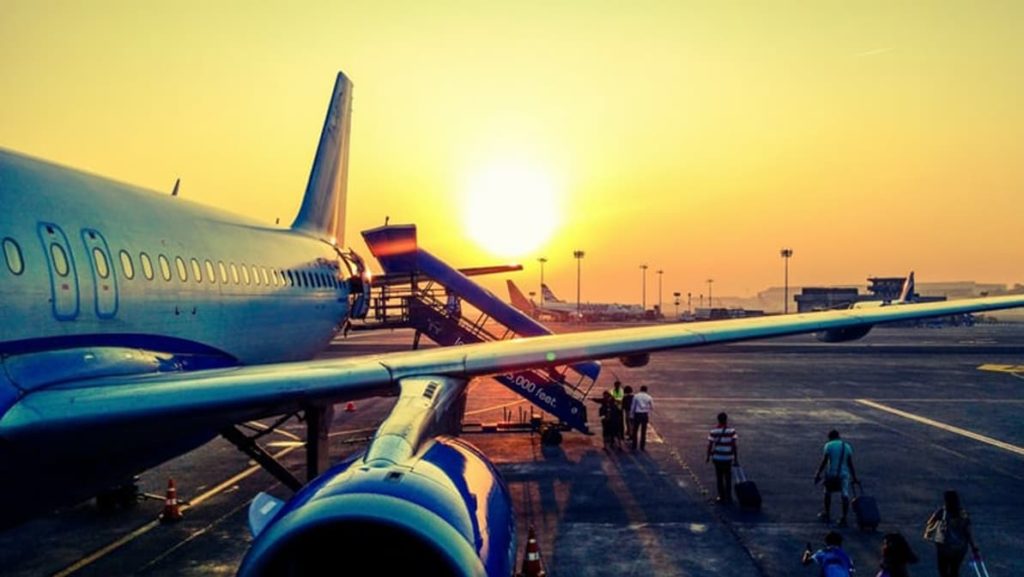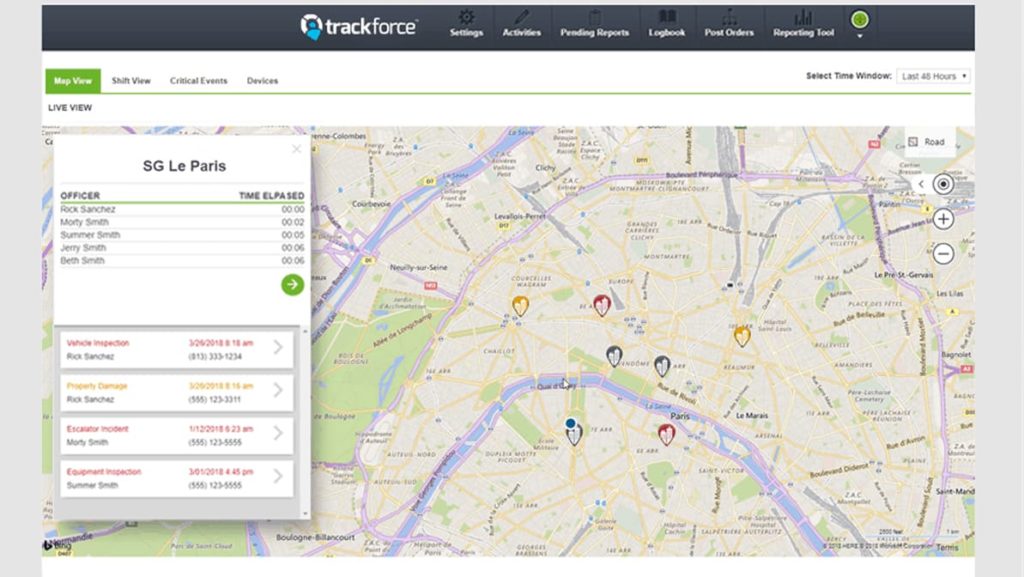Airports and the aviation industry are among those with which on-site security is most critical. Passenger numbers are increasing all over the world, and emerging regulations and threats are a constant challenge for security operations. Add to that the public visibility of airport security practices, and it quickly becomes evident just how important it is to have a highly efficient, effective and professional operation in place. Here is a look at five key features that can help your organization reach those operational goals.
Checkpoint, X-Ray and Lane Management
Security checkpoints and passenger lanes are what most people think of when they hear “airport security.” The security checkpoint is a critical element in the overall passenger journey, and the effectiveness and efficiency of that inspection have a direct impact on the operational effectiveness of the entire airport.
With that kind of responsibility, it’s essential to have the technical and logistical tools needed to keep the checkpoint running smoothly and efficiently. Real-time monitoring software ensures that the x-ray operators are complying with the proper amount of x-ray time. With the right validation tools, airports minimize risk to workers and passengers and supply confidence in all team members. The software and personnel management solutions should promote an experience that results in increased passenger satisfaction, a cost-effective process and maximum levels of security.
Real-Time Geolocation and Officer Dispatch
Effective security doesn’t stop at the passenger security checkpoint. Like most other industries, airports need guards actively patrolling and carrying out tours. Furthermore, operations should take advantage of GPS technology and its security applications to maximize the efficiency and effectiveness of its guard tours.
GPS software ensures accountability of guards by giving supervisors full transparency into their guards’ locations at all times. GPS tracking also allows supervisors to locate officers online at any time and dispatch appropriately for an alarm response or medical emergency based on proximity and availability. Finally, effective GPS software enables the generation of geolocation history reports to improve future operations for maximum effectiveness.
Security Training and Quality Control
While technology and software are critical to airport security, they can’t get the job done by themselves. Ultimately, it’s the personnel–the guards–that is the most important element to a security operation. The software and technology can help complement your staff by ensuring they have the training and skills necessary to do their jobs efficiently.
Good security software will allow you to track your guards and which training they’ve received. More importantly, though, your airport security operation should include extensive on-the-job training at passenger checkpoints, as well as on guard tours inside and outside of the airport.
Overall Proof of Presence
A security operation isn’t a cheap investment for any company, but especially airports. While airport administrators will undoubtedly understand the need for and importance of a reliable security operation, they’ll also want to track their return on investment and KPIs. Ultimately, they’ll want some reassurance that the security department is delivering on the expectations and doing it as efficiently as possible.
With adequate security software and technology, you’ll be able to show administrators exactly what your guards are doing and how many hours you’ve scheduled to get those tasks done. Adjusting staffing to meet the needs of the airport regarding both budget and overall security becomes easy with the right software tools.
On-site Inspection
It’s vital to inspect your guards in the field and efficiently report on how they are operating. Clear practices (and the training for them) should be in place for your guards for every element of the security operation. From passenger/luggage searches along with the courtesy/interaction skills that should accompany them to the technical tasks performed during guard tours, all guards need set standards for to operate efficiently. Management should be recording findings and recommendations and reviewing them regularly to improve the overall effectiveness of the security operation.
Airport and aviation security operations have to fulfill a tall order. They must manage the safety of more than 2.5 million passengers every day–and that’s just in the United States. In addition to that, they must provide that security while still meeting the efficiency and budget expectations from airport administrators. The five tips covered above are some good first steps in achieving both of those demands.



